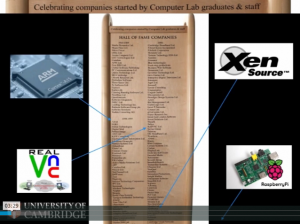We think we may have discovered a better polygraph.
Telling truth from lies is an ancient problem; some psychologists believe that it helped drive the evolution of intelligence, as hominids who were better at cheating, or detecting cheating by others, left more offspring. Yet despite thousands of years of practice, most people are pretty bad at lie detection, and can tell lies from truth only about 55% of the time – not much better than random.
Since the 1920s, law enforcement and intelligence agencies have used the polygraph, which measures the physiological stresses that result from anxiety. This is slightly better, but not much; a skilled examiner may be able to tell truth from lies 60% of the time. However it is easy for an examiner who has a preconceived view of the suspect’s innocence or guilt to use a polygraph as a prop to help find supporting “evidence” by intimidating them. Other technologies, from EEG to fMRI, have been tried, and the best that can be said is that it’s a complicated subject. The last resort of the desperate or incompetent is torture, where the interviewee will tell the interviewer whatever he wants to hear in order to stop the pain. The recent Feinstein committee inquiry into the use of torture by the CIA found that it was not just a stain on America’s values but ineffective.
Sophie van der Zee decided to see if datamining people’s body movements might help. She put 90 pairs of volunteers in motion capture suits and got them to interview each other; half the interviewees were told to lie. Her first analysis of the data was to see whether you could detect deception from mimicry (you can, but it’s not much better than the conventional polygraph) and to debug the technology.
After she joined us in Cambridge we had another look at the data, and tried analysing it using a number of techniques, some suggested by Ronald Poppe. We found that total body motion was a reliable indicator of guilt, and works about 75% of the time. Put simply, guilty people fidget more; and this turns out to be fairly independent of cultural background, cognitive load and anxiety – the factors that confound most other deception detection technologies. We believe we can improve that to over 80% by analysing individual limb data, and also using effective questioning techniques (as our method detects truth slightly more dependably than lies).
Our paper is appearing at HICSS, the traditional venue for detection-deception technology. Our task for 2015 will be to redevelop this for low-cost commodity hardware and test it in a variety of environments. Of course, a guilty man can always just freeze, but that will rather give the game away; we suspect it might be quite hard to fidget deliberately at exactly the same level as you do when you’re not feeling guilty. (See also press coverage.)
